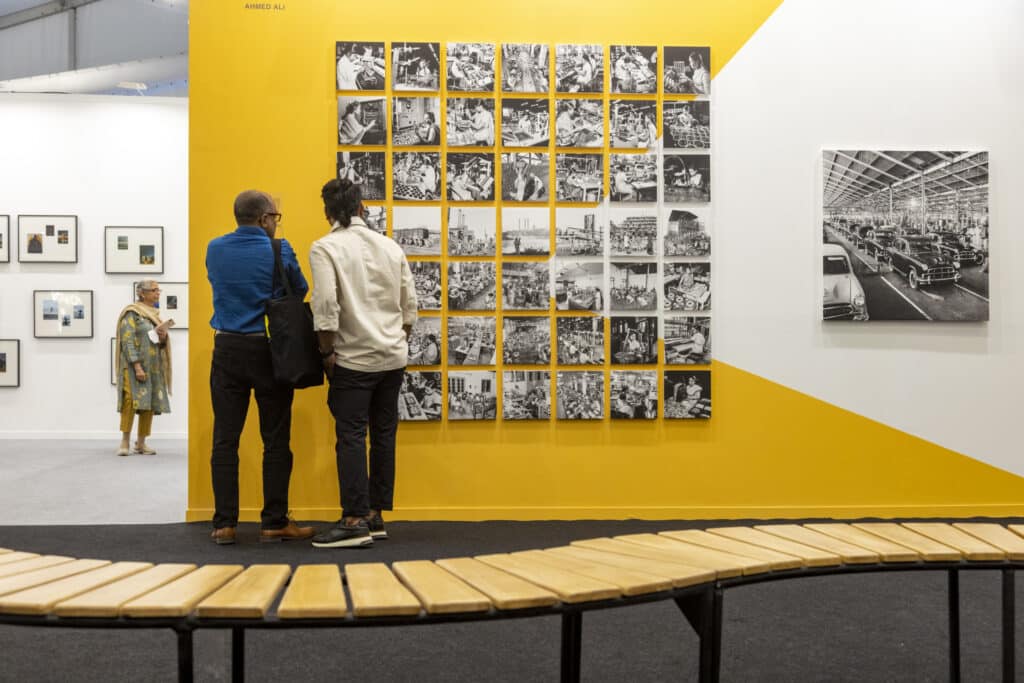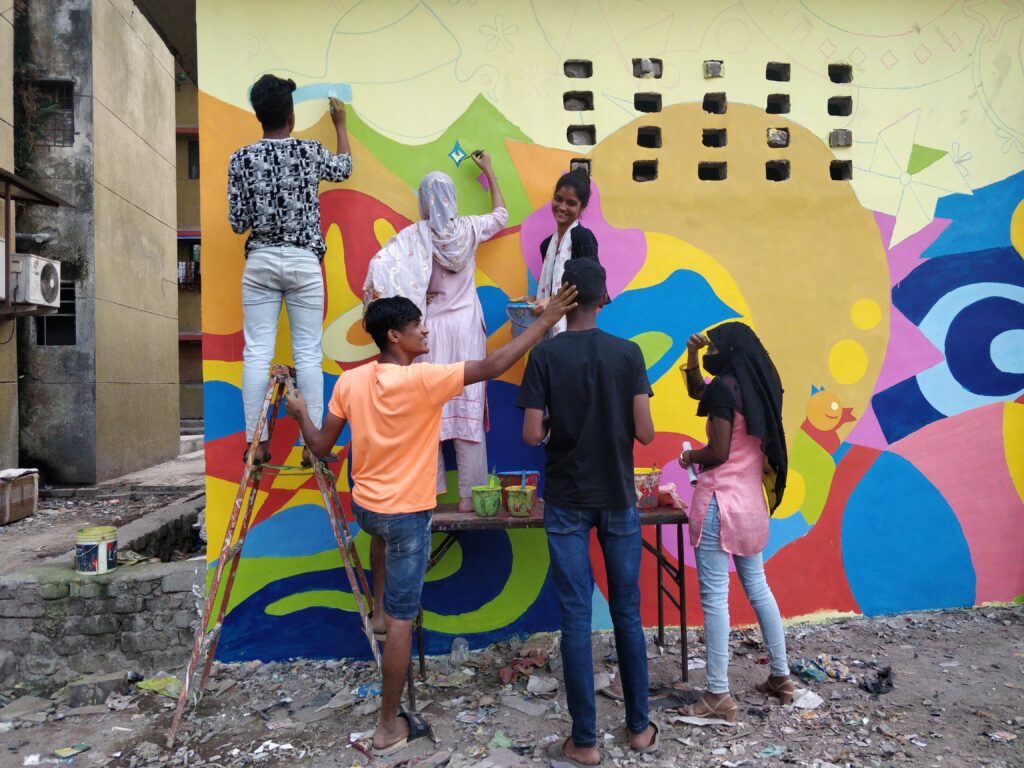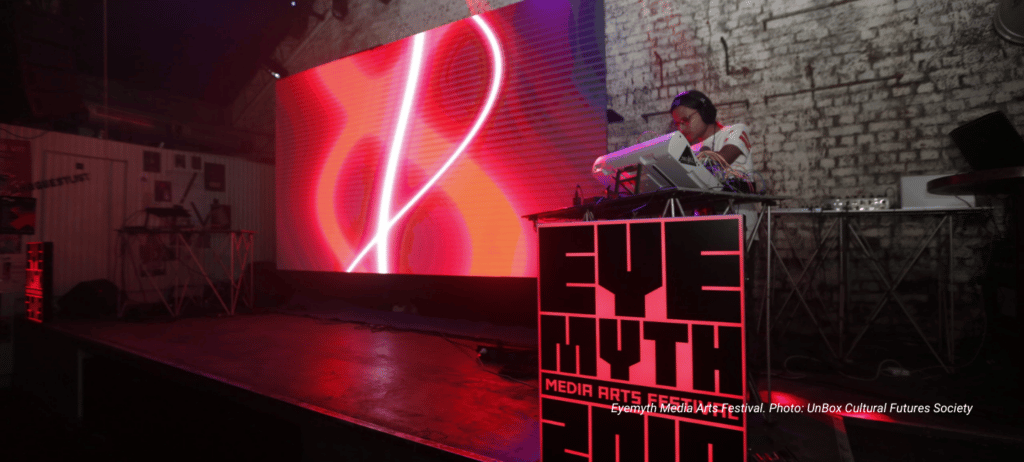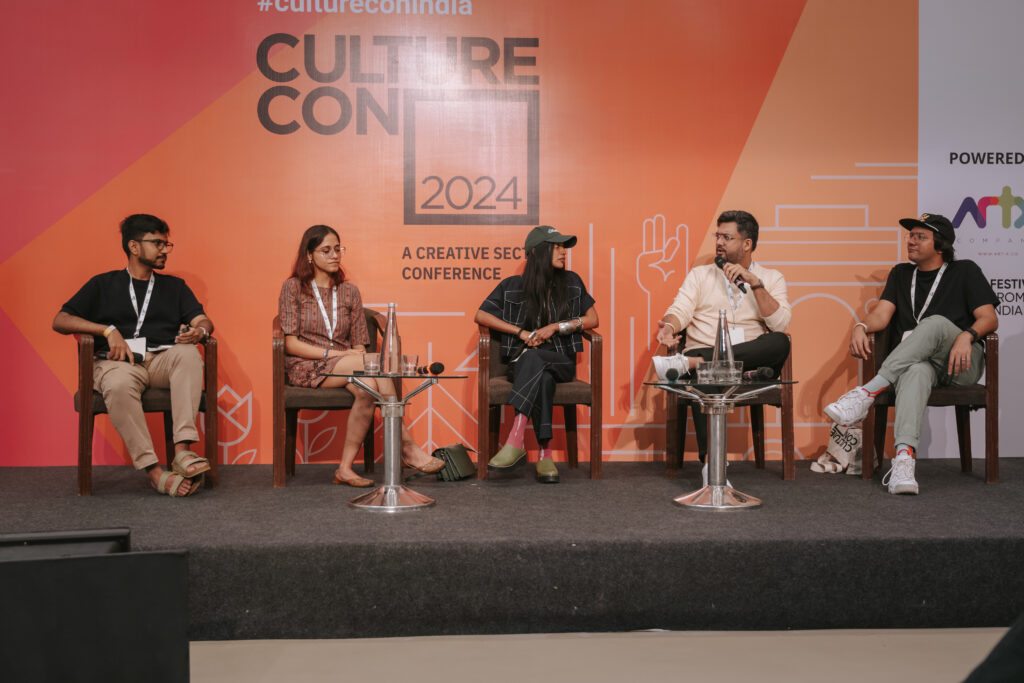This year is a landmark as governments around the world enter into elections. 2024 is the biggest election year in history, with over half the world’s population voting. Four billion people are due to exercise their democratic right. Thailand, India, USA, the UK, South Africa, Brazil, Canada, Russia, Rwanda, Mexico – 16 African nations, 9 Americas, 15 in South and East Asia, 23 in Europe and 4 in Oceania – all told, it’s a momentous year. Arts and culture’s contribution to a healthy and pluralistic society is increasingly a magnet for policymakers.
Off the back of the World Economic Forum (WEF) in Davos in January this year, the power brokers, politicians, corporate leaders, and policymakers discussed pressing global challenges. Though little reported, it’s good to know the impact of arts and culture on creative economies, employment and innovative solutions for more equitable growth was on the agenda. The macroeconomics of the WEF and culture policy can feel bewildering. On a micro level whether you’re a festival goer at Lollapalooza, a regular at crafts melas in Goa or a Gen X consumer of digital made music and visual arts NFTs at FutureFantastic or Ziro Festival – we all play our part supporting artists and the creative industries across India, big and small.
Addressing critical global issues such as Heritage Protection and Global Sustainability, Arts in Education, Inclusive Cities, Rights of Artists, and Cultural and Creative Industries took some of the spotlight at the WEF among the global leaders curated with the Smithsonian Institute.
- Art is essential for a healthy society
The World Economic Forum agreed that “arts are a fundamental element of a healthy society that helps us interpret both the world and one another – particularly during periods when social contact might be limited to faces on a computer screen and streaming entertainment. Our understanding of the world, in turn, informs our decision-making – which makes the roles of artists critical. A number of issues in the realm of arts and culture now merit particularly close attention, including heritage protection, cultural sustainability, the health of cultural and creative industries, the inclusiveness of cities, arts education, and the rights and freedoms of individual artists”.
In the shadow of India’s important G20 Presidency in 2023 (the G20 caravan has moved on to Brazil in 2024 before South Africa in 2025) there was an increased presence from India and other key nations from the global south in lens of the WEF. Outside the usual dry power broking for trade, the WEF addressed related climate change and more equitable access to arts and culture through policy development and entrepreneurship.
- Culture and Creative Industries are crucial for all economies
Leading the discussion, Michael Mason, Director of the Smithsonian Center for Folklife and Cultural Heritage, and Sabrina Motley, Director of the Smithsonian Folklife Festival, affirmed that creative industries are increasingly prominent elements of the formal global economy.
The WEF reported that the cultural and creative industries include a vast set of interrelated forces that generate more than $2.25 trillion in revenue annually – a figure larger in size than the individual economies of Brazil, Canada or Italy – and employ nearly 30 million people in the formal economy worldwide, according to Cultural Times, a report published by UNESCO, the International Confederation of Societies of Authors and Composers, and the consultancy EY in 2015.

- WEF needs to note more informal creative economy sectors contribution to inclusive growth
These figures are skewed towards the formal economies of the West and do not include the informal economy for arts and culture, which in the global south is very significant. For example, an estimated 200 million people work in the crafts sector in India alone, the majority of whom are women. WEF, please take note.
Creative industries including advertising, architecture, fashion, publishing, music, film, performing arts, festivals, crafts, gaming, and software development all require a strong audience connection to remain relevant and profitable in every part of the world.
The Asia Pacific region accounted for the largest portion of the creative and cultural revenue and jobs cited in the Cultural Times report, at $743 billion in revenue (or 3% of regional GDP) and 12.7 million jobs, while Europe was second in both metrics, followed by North America.
- MSMEs drive innovation in sustainable development
The creative industries often drive urban development and digital innovation, especially among MSMEs (Micro, Small and Mid-scale Enterprises) who make up the majority of the sector while also serving as important employers. According to the Cultural Times report, cultural and creative industries in Europe tend to employ a greater percentage of young people between the ages of 15 and 29 than any other sector, for example. In much of South Asia, over 50% of the population is aged under 35 years, with entrepreneurship central to their livelihoods.

- Jobs creation in arts and culture jet-propels growth
Governments are increasingly recognising the importance of the cultural and creative economy as a generator of jobs, wealth, and public engagement. South Korea, for example, rolled out an extensive effort to support its creative economy in 2013 by fostering innovation in manufacturing and boosting the use of the internet and digital technology. Meanwhile, South Korean pop culture, including K-pop musical groups, has become a significant export. South Korea was placed in elite company alongside countries including the US, Japan, the United Kingdom, and France in terms of global entertainment and media revenue projected for 2021, according to the consultancy PwC’s Global Entertainment and Media Outlook 2017-2021.
In June 2023, the current UK government launched its 10-year plan for the Creative Industries Sector Vision to drive growth, build talent and develop skills, with a commitment 1 million more employed in the creative industries.
With Trade Agreements in development, upcoming national elections, and increased international collaboration due to the global pandemic, global issues related to climate sustainability, equitable access, and fostering arts entrepreneurship for inclusive growth need practical global solutions to strengthen creative economies. The World Economic Forum’s recognition of these challenges is a crucial nod in the right direction.
For more articles on festivals in India, check out our Read section of this website.
Jonathan Kennedy is an Associate at CounterCulture and previously served as the Director of Arts India at the British Council.
(Source: World Economic Forum – Strategic Intelligence Briefing, curated by the Smithsonian Institution.)



![Performance by Vikram Iyengar at Ghare Baire [photography by Sujaan Mukherjee] Performance by Vikram Iyengar at Ghare Baire [photography by Sujaan Mukherjee]](https://www.festivalsfromindia.com/wp-content/uploads/2025/05/Performance-by-Vikram-Iyengar-at-Ghare-Baire-photography-by-Sujaan-Mukherjee-1024x683.jpg)
Share on